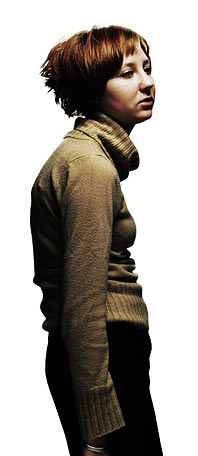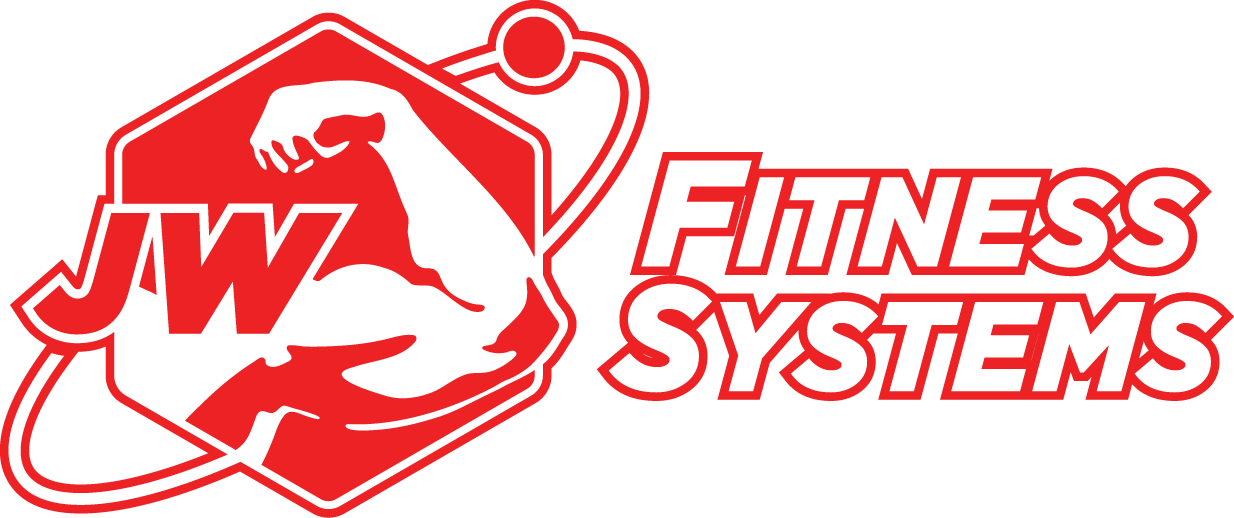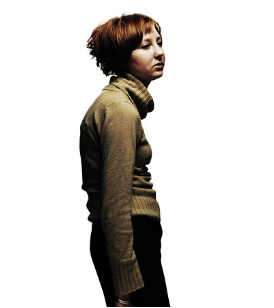Good Posture Part I: Rounded Shoulders

Do you have good posture?
Anyone whose thinking about starting a fitness program on their quest to get that flat stomach or ripped peaked biceps knows they’re going to have to use their muscles to get there. One of the first things we have to address is where are our muscle imbalances and do we have good posture.

You see over the years man have gone from the tall standing foraging hunter to a lesser hunched over mole type computer fiend. Simply put, our posture has gone to crap. When ignored, this can lead to many muscle imbalances like forward head posture, rounded shoulders, thoracic kyphosis, shortened hamstrings, etc..
‘Muscle imbalances can prevent one from achieving a full range of motion in exercises that would otherwise make them safer and more effective.’
In the following posts to come, I will be covering some of the most common muscle imbalances we see in our society. Today’s post will be directed towards Rounded shoulders, or internally rotated shoulders. Rounded shoulders are a frequent postural problem that has been forced into our reality by the very way we live and train.
We live in a very anterior (frontward) dominant world. Our eyes are in front of our head and thus we do everything in front of us.
… makes sense
Everyday we push doors open, lift plates into cupboards, push things here and there and ultimately work our anterior shoulders (deltoids) and Pecs very frequently. Couple this with spending too many hours a day creeping people on Facebook in a hunched over position and this leads to problems.
Not only does our lifestyle habits dictate this problem, so does the way we workout as beginners. Now don’t kid yourself ‘guys’ because you know who you are. You know, you’re just starting out lifting weights in the gym to get bigger and stronger and what muscles do you start to workout first? Well… The ones you can see.
These are the pecs, biceps, abs, shoulders… We call these the “mirror muscles”
Some people just really like the bench press and that is fine, but without balancing your pressing movements with your pulling you will cause muscles to become overdeveloped and other muscles to become weakened.
How do we fix this?
Well speaking in terms of rounded shoulders, lets look at the muscles that are overdeveloped and the muscles that are weakened.
Overdeveopled:
– Pectoralis Major/Minor
– Anterior Deltoids
– Latissimus dorsi (Lats)
– Internal Rotators
*Its important to note that one can have “shortened” internal rotators while having “okay” pec muscles so testing is the best approach.
Weakened (lengthened):
– Rhomboid major/minor
– Mid/Low Trapezius
– Posterior Deltoids
– External Rotators
The complex mathematical formula is simple… Strengthen the weak muscles and Stretch the overdeveloped ones.
First off stretching the chest, anterior deltoids, and internal rotators can all be accomplished by one simple easy stretch:
Another great way to “loosen” up and relax the pecs is through foam rolling:
Strengthening exercises are going to be targeting mainly the upper back musculature so your grip should be WIDE:
A couple good corrective exercises include Floor flatteners, Band Pull Aparts, and DB External Rotations.
Final Thoughts
Foam rolling and stretching the overdeveloped muscles can be done before and after your workout and doing them this way can be very advantageous.
If your shoulders are severely rounded consider customizing your workout program to a ratio of 2:1 of Pulling to Pushing and don’t forget to target your upper back by gripping or pulling wider.
Don’t take posture analysis and correction lightly, it can significantly improve performance, reduce injury, and in this case make you look better and bigger. Pump out that chest of yours and strut your stuff, just don’t get too cocky ;)


2 Comments
Join the discussion and tell us your opinion.
Excellent post. Keep writing such kind of information on your
blog. Im really impressed by your blog.
Hi there, You have performed a great job. I will definitely digg it and personally
recommend to my friends. I’m confident they’ll be benefited from this web
site.
Very Good Info,
could you please write something about programs we can suggest to our client as PT for their anterior pelvic till and posterior pelvic till,
thanks,